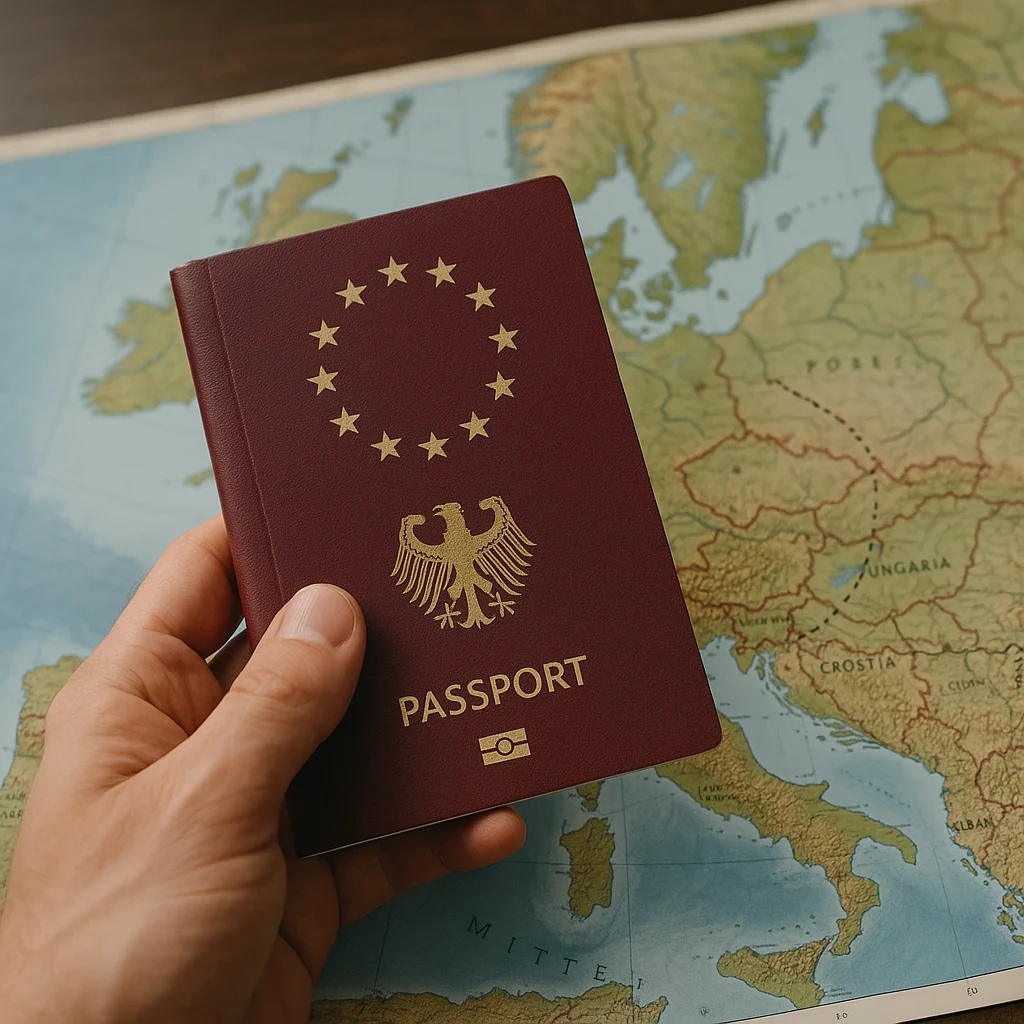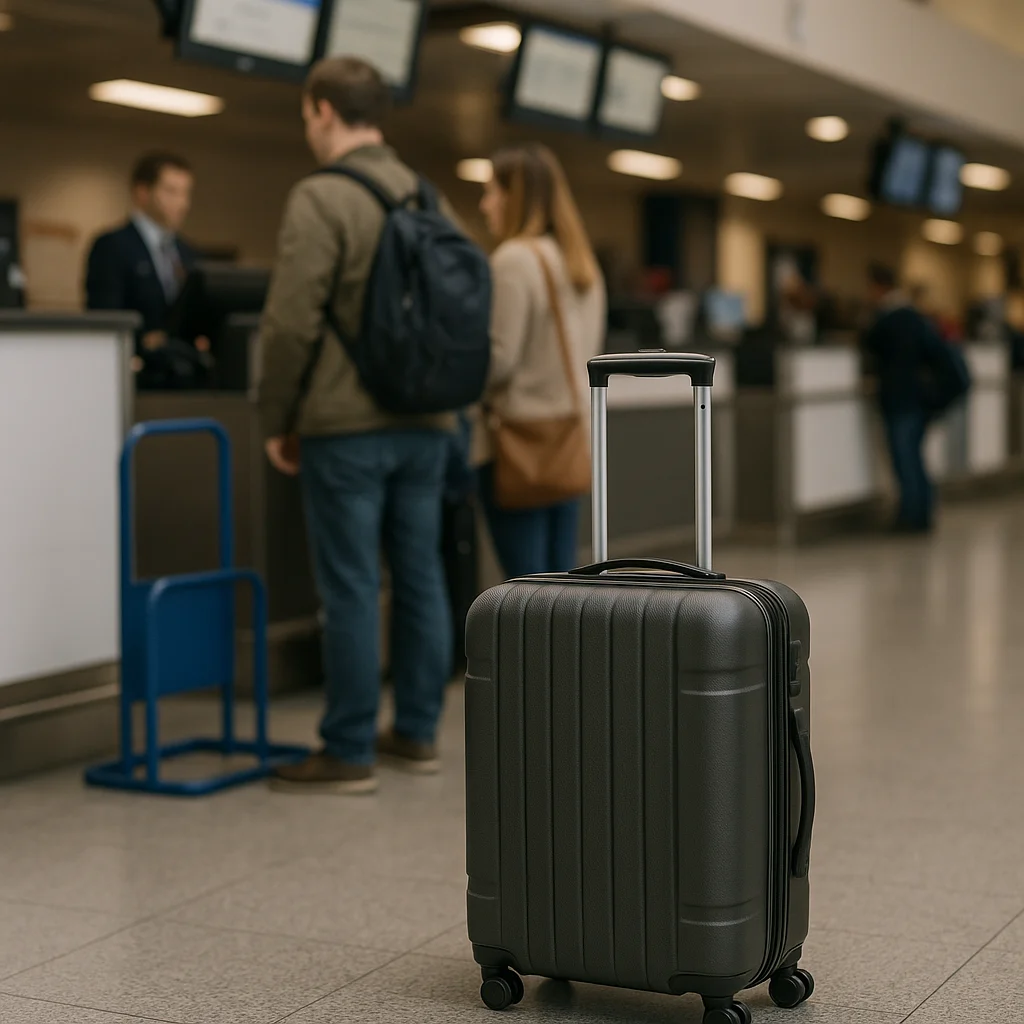What the Schengen Expansion Means for Travelers in 2025
The Schengen Area has long been a key feature of seamless travel across much of Europe, allowing passport-free movement within its member countries. With the prospect of Schengen expansion in 2025, millions of travelers are curious about what changes they can expect. This anticipated enlargement promises not only to reshape border controls but also to impact travel planning, visa requirements, and tourism patterns in Europe. Whether you are a frequent visitor, a business traveler, or planning your first European trip, understanding the implications of the Schengen expansion will prepare you for a smoother experience from next year onward.
Overview of the Schengen Expansion in 2025
Which Countries Are Joining the Schengen Area?
The focus of the upcoming Schengen expansion is on several Central and Eastern European nations currently outside the area but aligning their policies to join it. While discussions are still evolving, the frontrunners expected to join by 2025 include:
– Romania
– Bulgaria
– Croatia
– Cyprus (pending final approval)
These additions will increase the number of Schengen countries from 27 to potentially 31, changing the dynamics of European travel.
Why Is the Schengen Expansion Happening Now?
The European Union and associated agencies have been working toward a broader Schengen expansion to promote integration, economic cooperation, and simplified movement across Europe. Key motivations include:
– Enhancing tourism and business travel by removing border delays
– Strengthening joint security efforts at external borders
– Supporting economic growth in new member states
The current year has seen significant political consensus and readiness from candidate countries, paving the way for a 2025 enlargement.
How the Schengen Expansion Affects Border Controls
Internal Borders Will Become More Open
One of the defining features of the Schengen Area is the removal of passport controls between member states. Once new countries join, internal borders will no longer require routine customs or immigration checks. For travelers, this means:
– Faster travel with fewer delays at internal borders
– Easier road trips and cross-border tourism without repeated document checks
– Increased freedom to move for work, study, or leisure within newly expanded borders
For example, travelers moving between Croatia and Italy should expect border crossings as seamless as those between France and Germany.
Enhanced Security at External Borders
While internal borders become open, Schengen members emphasize stronger security at their external frontiers. The expansion means candidate countries will adopt shared standards for border surveillance, visa issuance, and policing. This includes:
– Harmonized visa policies and biometric controls
– Greater collaboration between border agencies through systems like the Schengen Information System (SIS)
– Renewed attention on combating cross-border crime and irregular immigration
Travelers should be prepared for consistent and secure checks when entering the Schengen Area from outside countries.
Visa and Travel Document Changes Under Schengen Expansion
Standardized Visa Policies Across More Countries
With the expansion, travelers will benefit from unified visa policies covering a broader geographic area. This means:
– One Schengen visa granting access to all member states, including new entrants
– Reduced need for multiple visas or separate permits when traveling between Schengen countries
– Simplified visa application processes leveraging digital solutions
For instance, a traveler with a valid Schengen visa will be allowed to visit Bulgaria or Romania without additional paperwork, assuming these countries are fully integrated.
Planning Your Trip: What to Check
To avoid surprises when booking flights or accommodations, travelers should:
– Verify the current Schengen visa policy of each country they plan to visit
– Stay updated on the exact date each country joins the Schengen Area, as transitional periods may apply
– Check airline and border regulations, since rules might be updated ahead of official accession
Resources like the [European Commission’s Schengen page](https://ec.europa.eu/home-affairs/policies/schengen-borders-and-visa_en) provide authoritative and timely updates on these changes.
Impacts on Tourism and Travel Industry
Boost in Cross-Border Tourism
The expansion is expected to have a significantly positive effect on tourism sectors in new Schengen countries. Benefits include:
– Increased visitor numbers due to easier access
– Growth in short-term travel and cultural exchange
– Opportunities for less-visited destinations to join popular European itineraries
Countries like Croatia, known for its Adriatic coastline, may see tourism spikes as travelers can seamlessly incorporate it into multi-country trips.
Changes for Airlines and Travel Companies
Travel service providers will also adapt to the new landscape by:
– Offering combined travel packages including new Schengen destinations
– Adjusting booking systems to reflect updated visa and border policies
– Collaborating with government bodies on traveler information and compliance
Organizations are gearing up to educate travelers about the benefits and requirements of the Schengen expansion.
Potential Challenges and Considerations
Transition and Implementation Hurdles
While the benefits are clear, some challenges exist in the short term:
– Timing and legislative ratification in some countries may delay full integration
– Infrastructure upgrades needed for border security modernization
– Possible confusion among travelers during transitional periods
Authorities and travelers alike should remain flexible and informed.
Security Concerns and Public Opinion
Expansion always raises questions about maintaining high security standards. Some concerns members address include:
– Ensuring new countries meet all criteria for data sharing and cooperation
– Managing concerns about illegal immigration or customs violations
– Engaging the public in understanding the benefits of expansion
Despite these challenges, the general outlook among experts remains optimistic.
Preparing for Travel with the Upcoming Schengen Expansion
Tips for Travelers in 2025 and Beyond
To make the most out of the Schengen expansion, consider these practical steps:
– Start applying for Schengen visas early, especially if visiting new member states
– Double-check travel itineraries for updated border procedures
– Keep digital copies of travel documents for faster processing
– Stay informed through official EU websites and trusted travel advisories
Stay Connected with Reliable Information Sources
Reliable and updated information is critical. Travelers can subscribe to newsletters from the European Commission or consult travel experts for personalized guidance. Engaging with platforms like khmuhtadin.com can also offer tailored assistance related to Schengen travel in the changing landscape.
Key Takeaways and Next Steps
The Schengen expansion in 2025 signals an exciting new era for European travel, with more countries joining the passport-free zone and broadening opportunities for exploration. This development promises:
– Greater ease of movement and unified visa policies
– Increased tourism and economic benefits across member states
– Reinforced security and streamlined border management
Travelers should prepare by staying informed, planning ahead, and adapting to new requirements. Embracing these changes will unlock more seamless journeys and richer experiences throughout Europe. For personalized advice or questions about navigating the new Schengen Area, visit khmuhtadin.com and connect with experts ready to assist your travel plans.




